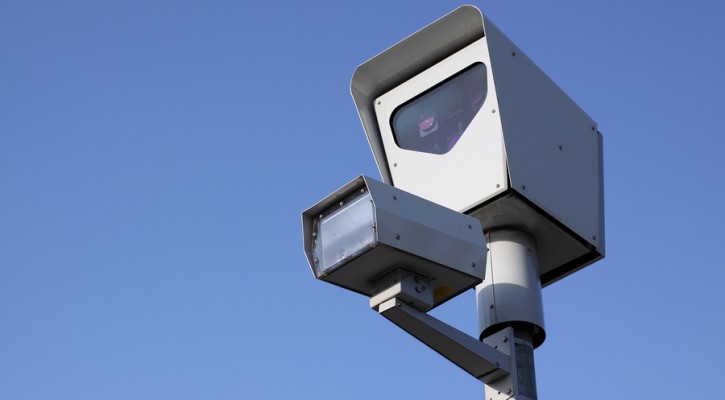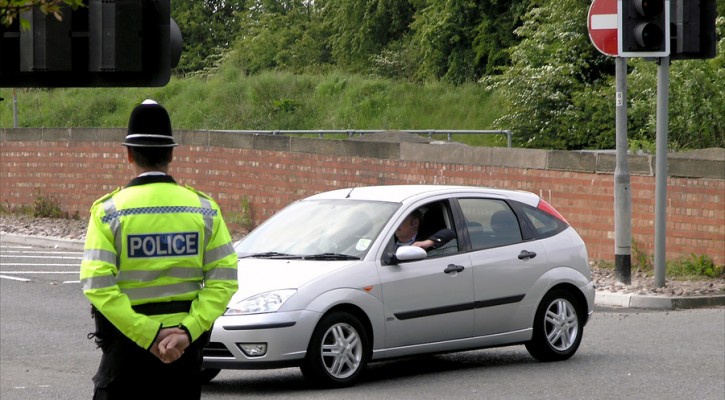Tag Archive: driver behavior

Speed Cameras And Driver Behavior
September 29, 2015
We have often spoken about driver behavior as the issue behind the dangerous conditions on America’s roads. While many want to blame bad roads, restrictive laws, and “other” drivers, the problems on our roads all boils down to individual driver behavior. Even the worst of roads can be driven safely if drivers adjust their behavior to adapt to road conditions and, while we can’t always do anything about the other driver’s behavior, the way we adjust our driving behavior can help protect us from those other drivers.
The problem in adjusting driver behavior is that many drivers, who are in fact dangerous drivers, see their driving behavior as good and everyone else as dangerous. For example, many drivers don’t see speeding as a big problem because they feel they have complete control of their vehicle and can handle any situation. What they fail to see is that speeding reduces the time they have to react to an emergency situation and increases the crash forces. Speeding is directly responsible for approximately one-third of all the traffic fatalities in the US every year.
In that kind of situation, the only thing that can change a driver’s behavior is some sort of outside influence that forces them to adjust. A recent study by the Insurance Institute for Highway Safety (IIHS) found one place where that has happened.
In 2007, Montgomery County, MD installed speed cameras on residential roads with speed limits of 35 mph or less and in school zones. The program has grown over the years to include 56 fixed cameras, 30 portable cameras and 6 mobile speed vans.
Six months into the program, the number of drivers exceeding the speed limit by more than 10 mph had fallen on roads where the cameras were located. After seven years, the study shows that the cameras have reduced the incidence of drivers traveling over the speed limit by more than 10 mph by 59 percent.
When compared with similar roads in nearby Virginia counties, the researchers found a 19 percent reduction in the likelihood that a crash would involve a fatality or an incapacitating injury, as reported by a police officer on the scene.
Montgomery County expanded the program to include speed camera corridors where the focus was moved from a single portion of a roadway to long corridors. The cameras are regularly moved to different locations along the corridor so that drivers don’t become familiar with their exact location. As a result, the speed camera corridors have reduced the chances of a crash involving fatal or incapacitating injury an additional 30 percent beyond the use of cameras alone.
In other words, speed cameras have forced a positive change in driver behavior in Montgomery County and the roads are much safer as a result. According to the IIHS, “If all U.S. communities had speed-camera programs like the one IIHS studied in Maryland’s Montgomery County, more than 21,000 fatal or incapacitating injuries would have been prevented in 2013.

Driver Behavior VS Technology
September 24, 2014
Ignoring driver behavior in favor of technology is killing people according to an an editorial that is going viral on news websites. Leonard Evans, president of Science Serving Society writes that the US is failing in its efforts to prevent motor vehicle deaths because of its focus on the wrong area of automotive safety.
In his editorial, Dr. Evans cites the difference in traffic death rates between the US and other industrialized nations. Since the highest recorded highway death rates in 1972, the US traffic death rate has fallen by 41 percent however, during the same period, the Netherlands and Germany’s traffic fatality rates have fallen by 81 percent and Great Britain’s fell by 76 percent.
The difference between the US and the other top performing industrialized countries is the US reliance on technology to improve survival rates during a crash. Rather than relying on technology alone, the other top performing nations worked hard to prevent crashes altogether by changing driver behavior through a combined use of technology and enforcement of sensible traffic laws. Read more: U.S. traffic safety misleads the public
